Understanding 5G NETWORK : The Basics
Wireless communication has changed a lot over the years. We started with 1G, and went through 2G, 3G, and 4G. Now, we’re getting ready for 5G NETWORK! This new tech will make everything faster and better. It’s not just about speeding up our phones. 5G is going to change how we connect with everything around us.
5G technology will help create amazing things. Think of things like self-driving cars and remote surgeries. It will also help connect billions of devices through the Internet of Things (IoT). In this piece, let’s break down what 5G is, how it is different from 4G, and what makes it work so well.
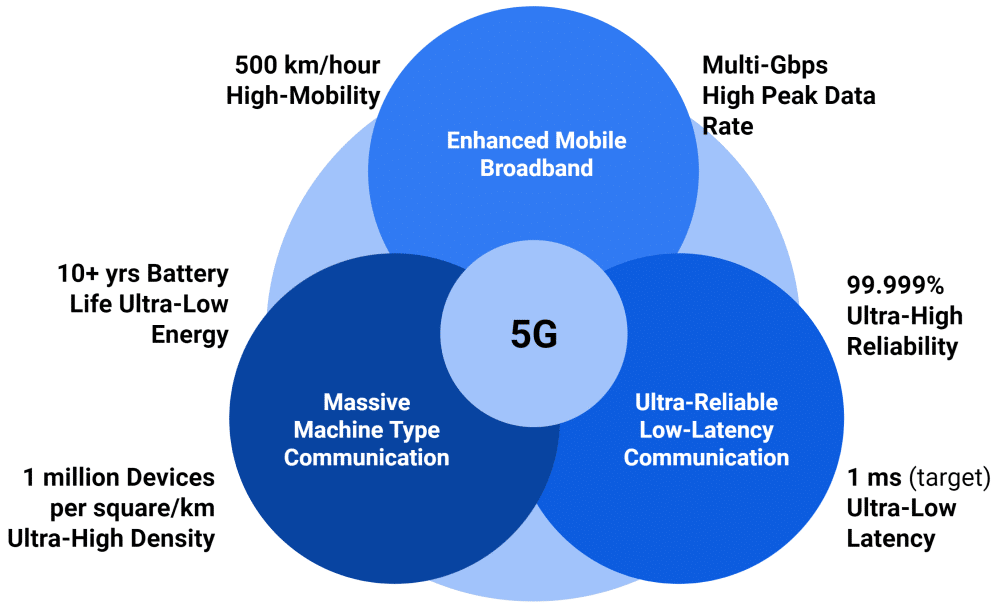
What is 5G Technology?
5G is the fifth generation of wireless technology. Its main goal is to give us faster connections, better reliability, and support for way more devices than 4G, 3G, or 2G. Imagine a future where your smartphone, fridge, car, and all kinds of gadgets talk to each other without any issues.
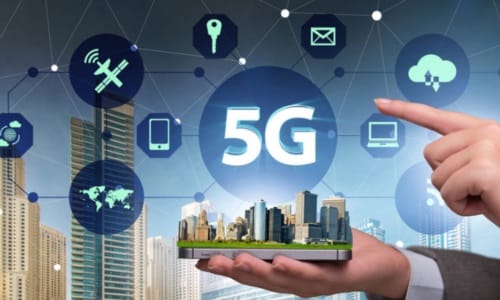
At its heart, 5G involves smart improvements in both hardware and software. These upgrades allow mobile networks to handle much more data without lag. With 5G, we’re looking to make things faster, connect more users, and meet the demand for instant communication everywhere. 5G is not just an upgrade. It’s a game-changer. This tech supports new tools like augmented reality (AR), virtual reality (VR), and self-driving cars. These cool gadgets all need super-fast and reliable internet to work.
5G vs. 4G: A Quick Comparison
5G blows 4G out of the water in several areas. While 4G was great for getting us used to mobile internet and streaming, 5G is built to handle the high demands of today.
Speed: A Huge Improvement
When it comes to speed, 5G network is a big deal. On a good 4G network, download speeds can hit up to 1 Gbps (Gigabit per second). This is fast enough for HD video and gaming without much delay. But 5G strives to do way better. It can potentially go over 10 Gbps! That’s ten times faster than what 4G can offer. So, with 5G, you could stream movies in amazing quality without waiting forever for downloads.
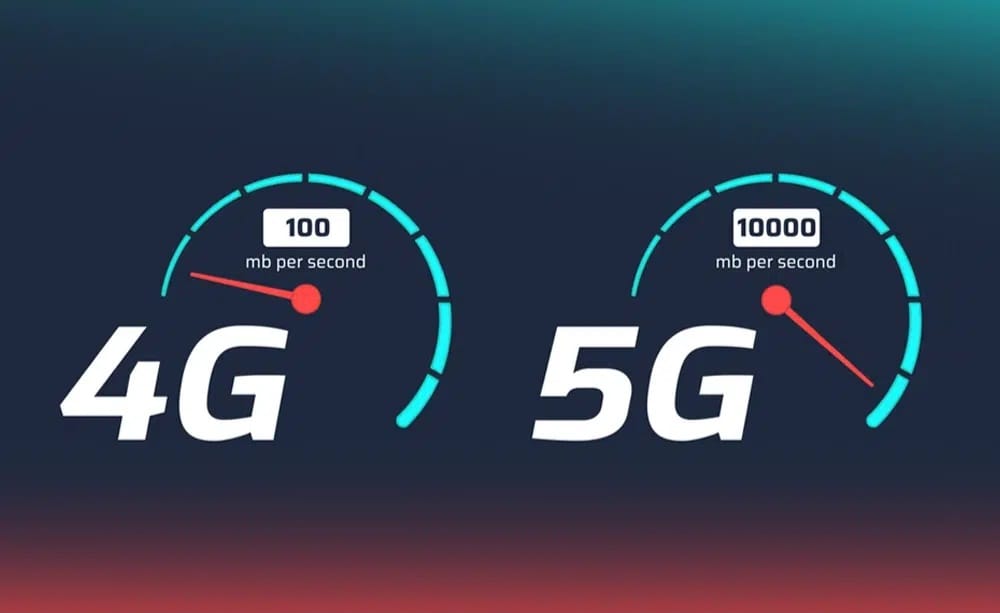
Latency: The Speed of Response
Latency is simply how long it takes for data to travel. On 4G, it takes about 30 to 50 milliseconds. This is fine for most things but not quick enough for critical stuff like remote surgeries or self-driving cars that need real-time responses. 5G can whittle that down to about 1 millisecond. This means you can send and receive data almost instantly! Picture playing a game or controlling machinery remotely with zero delay.
Bandwidth: More Room for Devices
Bandwidth is all about how much data can pass through in a certain time. With so many devices connected today, we need more and more bandwidth. 5G network is like a highway that can carry many more cars at once compared to 4G. It can hold up to 1 million devices per square kilometer! This is fantastic for urban areas packed with smart gadgets, sensors, and everything in between.
The Building Blocks of 5G
How did we get from 4G to 5G? It wasn’t just a flip of a switch. Here are some of the key pieces that make 5G work:
Millimeter-Wave Spectrum
A big part of why 5G is so fast comes from something called the millimeter-wave spectrum. These are high-frequency signals that can move a ton of data quickly. They range from 24 GHz to 100 GHz and are used less in the past for wireless communication. But here’s the catch: they don’t travel very far and have trouble getting through walls or trees. That’s why we need to set up more base stations, or small cells, in busy places.
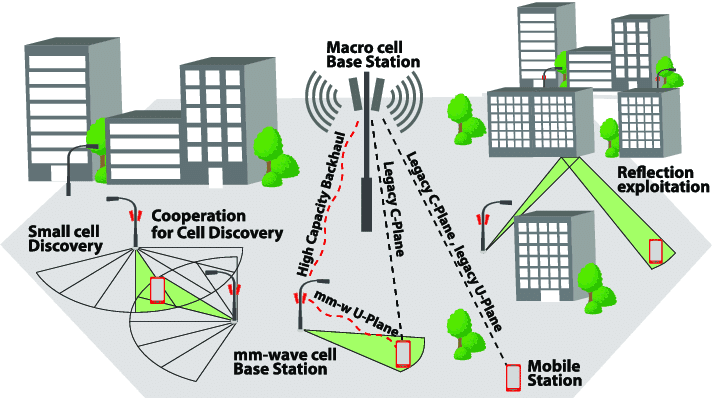
Small Cell Technology
To tackle the limits of the millimeter waves, we use small cells. These tiny base stations will be set up in urban areas. They’re low-power and cover only a small space, but when used together, they create a solid network. You may spot them on lampposts or rooftops. They help give great coverage where lots of people gather, like malls and parks.
Network Slicing
Network slicing is a clever idea that lets us split up the network into different sections, each having its purpose. For instance, one slice might be just for self-driving cars, while another could be for streaming videos. This means we can manage resources better and give the best quality to what needs it most. Plus, it adds security by keeping sensitive data isolated from less important traffic.
Massive MIMO
Another essential part of 5G is called Massive MIMO. This stands for Multiple Input, Multiple Output. In simple terms, it uses many antennas at cell towers to boost capacity. More antennas mean that data can be sent and received faster. This tech not only makes the network stronger but also improves the quality of the signal.
What Can We Expect from 5G?
The benefits of 5G are clear. Here’s what we’re looking forward to:
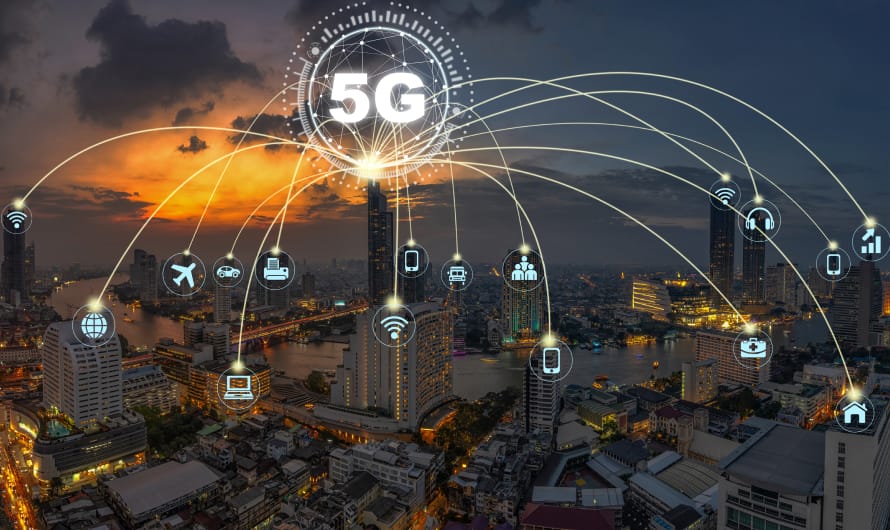
Speed at Lightning Fast Levels
Expect super fast downloads! With speeds reaching up to 10 Gbps, this means you can download big files, stream movies in fantastic quality, and play games without waiting around. You’ll get faster uploads, too, making sharing and backing up your stuff a breeze.
Low Latency for Quick Response
With as low as 1 millisecond of latency, it means almost instant action for things like gaming and remote surgeries. This is a huge leap for fields needing quick reactions.
More Reliable Connections
5G is made to be reliable. No matter where you are, whether in a busy city or a quiet area, the advanced setup will provide stable connections.
Closing Thoughts
5G network is not just an upgrade to our mobile experience; it’s a new way of connecting. With faster speeds, lower latency, and the ability to handle more devices, we’re on the verge of major changes. From unique tech like small cells to massive MIMO, the future of connectivity is exciting. This is just the beginning. As 5G networks spread all over, we’ll see a lot of fresh ideas and technologies pop up. The world is set to get even more connected than we can imagine!




[…] other cars, pedestrians, or obstacles. However, these sensors have limits. With 5G, these cars can communicate instantly with others and traffic services. If something happens ahead, the self-driving vehicle can be […]